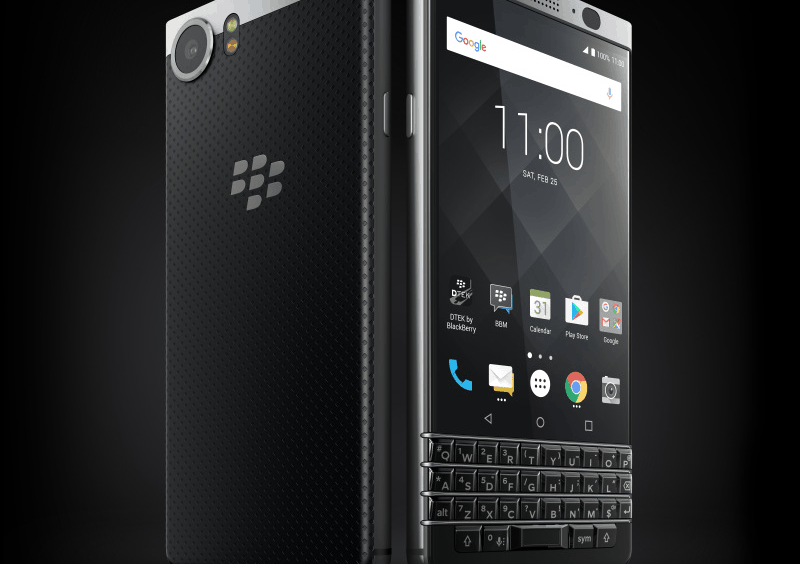From the vaults of LG, Huawei, BlackBerry, and Nokia, here are the 4 top takeaways from the MWC 2017 that have gotten tech heads talking.
It’s a new year and a new Mobile World Congress (MWC) is upon us, where the world’s biggest tech companies come together to unveil hot new products that they hope will light up the world and become the next big thing in mobile technology. This year, the mobile industry arrived in Barcelona to make major announcements, and Day 1 brought with it a slew of promising gadgets. From the vaults of LG, Huawei, BlackBerry, and Nokia, here are the 4 top takeaways from the MWC 2017 that have gotten tech heads talking
LG G6
After a disappointing year with the LG G5 – creative modular phone design that just didn’t quite take with the smartphone buying public – the South Korean brand is back with a more streamlined successor, dubbed the LG G6.
In what’s being dubbed a “return to form,” most noticeably by Android Authority, the LG G6 moves away from its predecessor’s experimental design with something that’s more in line with the solid rectangular blocks expected of smartphones. Other major design changes include a glass back, which mirrors their competitor Samsung’s Galaxy line, and the absence of a removal battery, where LG was one of the last major holdouts in the industry.
Were the LG G6 truly impresses, however, is its nearly bezel-less screen. The phone’s 5.7-inch display comes in at a display ration of 18:9, which allows for easier one-handed usage while cover more screen real estate.
Huawei P10 and P10 Plus
Unlike the LG G6, on the other side of the fence, the Huawei P10 and P10 Plus retain much of the design and software features that made the P9 such an international success. Some returning features include the controversial Leica-branded dual-camera system in Huawei’s signature visor glass backing, the device’s iPhone-inspired design, and (thankfully) a headphone jack.
Running Huawei’s proprietary Kirin 960 with 4GB of RAM and 64GB of storage – 6GB of RAM and 128GB of storage for the P10 Plus – the P10 is its impressive and powerful phone, albeit not very exciting. One innovative design change, however, was the company’s decision to move the fingerprint scanner from the back of the phone to the bottom front, much like Samsung’s Galaxy line or the HTC 10.
Huawei has obviously decided take the safe route this year around, continuing to polish a successful design that has benefited them thus far.
BlackBerry KEYone
Once the world’s most sought after smartphone brand, BlackBerry is back yet again trying to reclaim the crown – or at least please its dwindling crowd of users who are still clamouring for a phone with a physical keyboard.
If the BlackBerry KEYone looks familiar, it’s the same “Mercury” phone that was previewed during BlackBerry’s time at Consumer Electronics Show (CES) earlier this year. In the looks department, the KEYone is quintessential classic BlackBerry, warts and all. The reappearance of a physical keyboard, after a year of confusing design choices for the company, is a sight for sore eyes.
The insides of the phone – decked with a Qualcomm Snapdragon 625 processor, coupled with an Adreno 506 GPU and 3GB of RAM – are unequivocally mid-tier. The specifications of the phone might be passable, but it certainly does not justify the phone’s reported USD549 pricing (SGD770), a figure that’s reserved for higher-end models.
While the phone might have a lot of support from its niche group of users, BlackBerry is unlikely to gain much traction with the KEYone. A combination of outdated design choices and a price tag that is far too high will not do the device much good.
Nokia’s Return
Source
It’s been awhile since the MWC showed any excitement towards a Nokia showcase, but the beloved brand’s return – through a licensing deal with HMD Global – has brought the enthusiasm back. For its return, Nokia brought along with it three brand new smartphones, as well as an old favourite.
Nokia’s new smartphones – dubbed the Nokia 6, 5, and 3 – have brought the company once known for rejecting the world’s most popular operating system full circle. To keep thing simplistic, like the names of the phones, the devices will be running pure stock Android 7.0, a move that’s sure to impress Android purists.
Although the phones have been applauded for their solid construction and design, the devices are squarely aimed at the mid-tier market. The Nokia 6, the higher-end of the three, only features an underpowered Snapdragon 430 with 3GB of RAM. While not disappointing, it can be said that the company could have saved its big return for devices with more of an impact, rather than trying to chase a drying mid-tier market.
On the flip side, the company also relaunched the classic Nokia 3310. A phone that’s been lauded, even till this day, for its unbelievable durability and lasting battery life is now back, albeit with a modern twist. The 2017 edition of the phone features a 2.4-inch colour display, a “huge” 2MP rear camera, and even includes a headphone jack.
Unfortunately, the 2017 edition of the Nokia 3310 only runs on 2.5G networks, a bandwidth that will be turned off in Singapore starting April 2017. Collectors of the phone certainly wouldn’t mind this hiccup, but if you’re looking forward to using the phone as your daily driver, better get your hands on one before April rolls around.

















